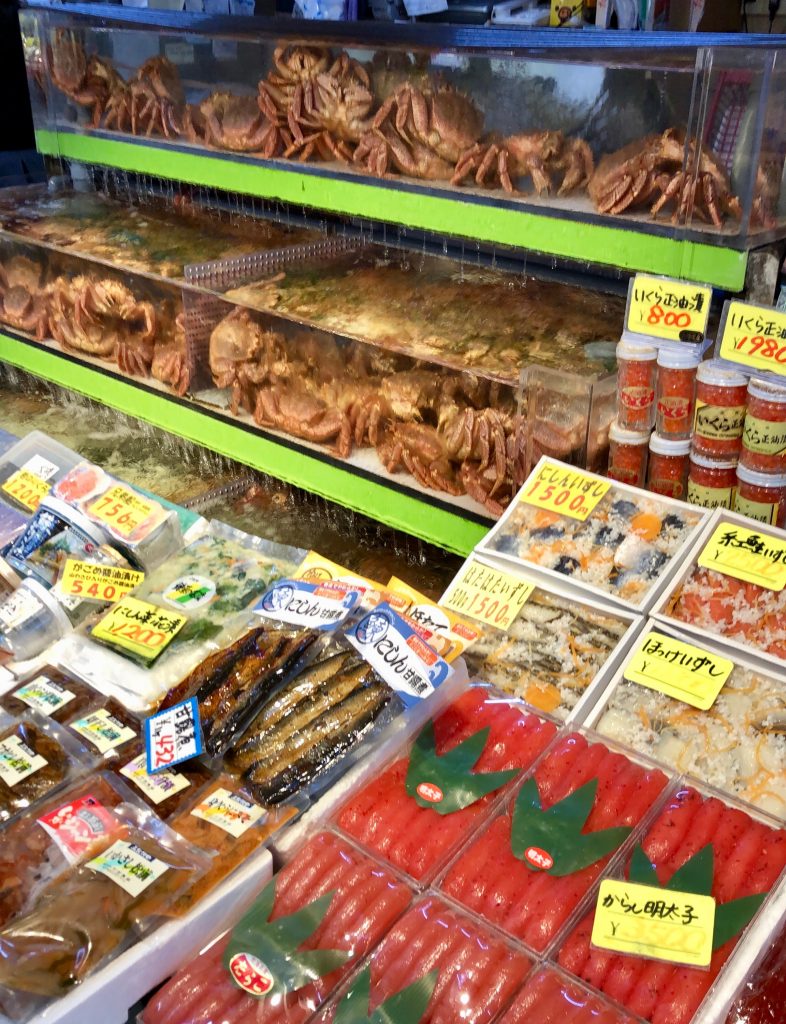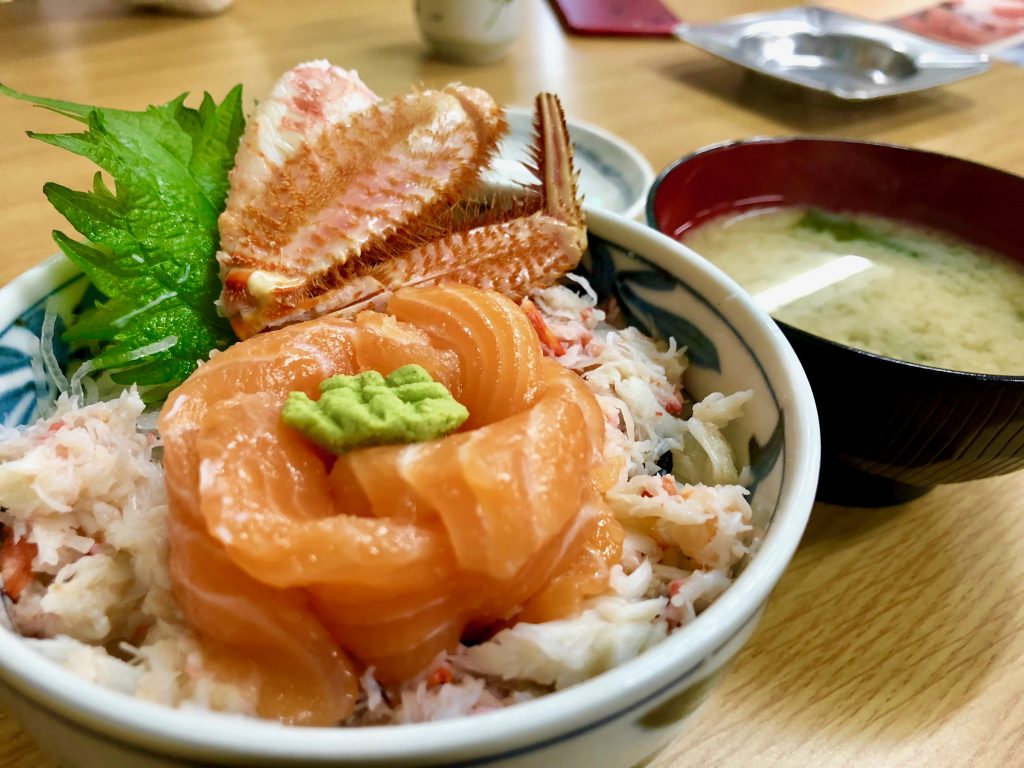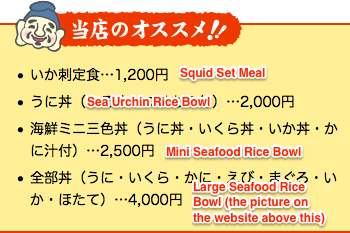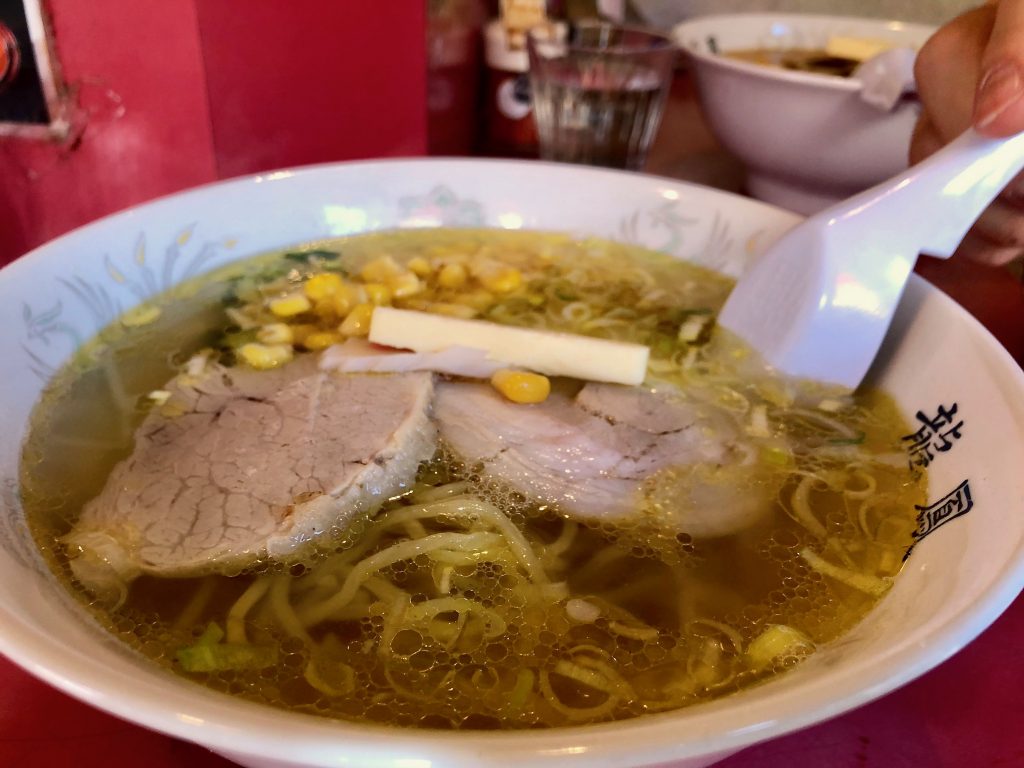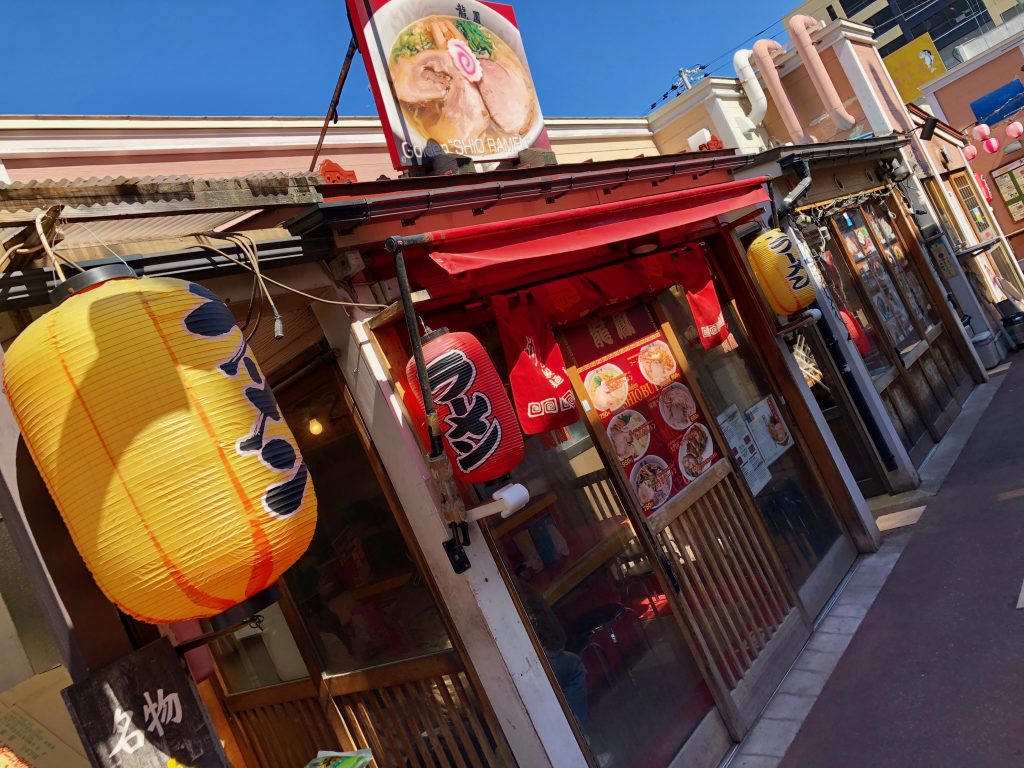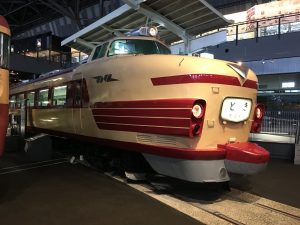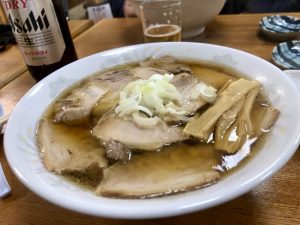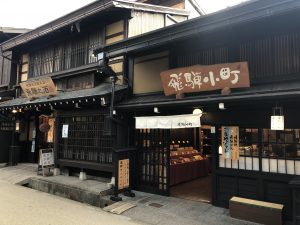Hakodate, Hokkaido
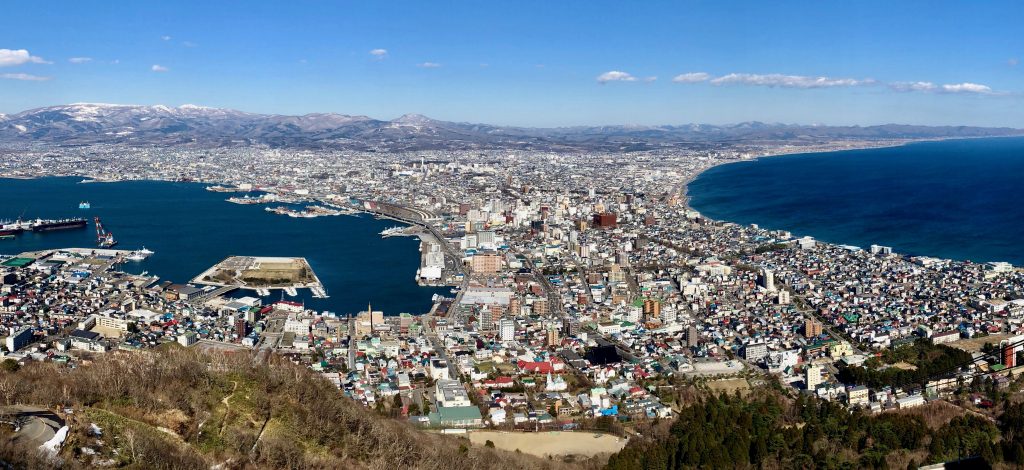
| The Good | The Not-So Good |
| Unique, cultural attraction | Limited other attractions nearby |
| Close to Tokyo | Limited English |
Hakodate is a small city right at the bottom end of Hokkaido, recently connected to the main island by the newly built Bullet Train line. Although if you are thinking of taking train up there with your JR Pass then think twice (see the next section on travel). While Hakodate is a nice stop over location, there is no real reason to go there specifically, especially if your first and possibly only trip to Japan. As part of a Hokkaido tour, this is a great starting or ending point.
Travel to and around the city
The city has an airport with direct flights from various locations in Japan. Prices seem to average out at ¥20,000 for a return during off-peak times, and it takes 1h20m from Tokyo. The Bullet Train does “technically” stop at Hakodate however the station is an extra 20-minute train ride from the city. The Bullet Train from Tokyo takes 4h30m and costs way more than flying (¥27,000 one-way!) to the point that you wonder why they even built it. The Bullet Train will be extended to Sapporo eventually as that leg of the trip takes 4 hours currently (doubling the time and making train journeys from Tokyo essentially redundant. If you are traveling slowly north on a tour the Bulletin Train is great however going direct to Hakodate should only be done by air.
Once there, Hakodate is fairly small so most places of interest can be walked to in an hour or less. There is a tram that cuts through the middle of the city from the rope-way to the hot spring area, past all the major shopping and restaurant areas and one-day passes are available (best to buy at the tourist information center).
Places to visit in and around Hakodate
Onuma Quasi National Park (homepage)
A short train ride from Hakodate, the lakeside park makes for a good half-day to a day’s excursion, depending on what you end up doing (and the season). During the winter there are specific activities you can do that can be started from around the station area. Probably the winter activities are more unique, if you had to choose a time to go. As a park outside of winter, there are better choices in the rest of Japan.
During the warmer months, hiring a bike is a good option and a ride around the lake is about 14km and mostly flat. Hiring a bike is easy from this shop, which is also next to a fairly nice restaurant (homepage). You can only hire between April and November and it costs ¥1000 for a day.
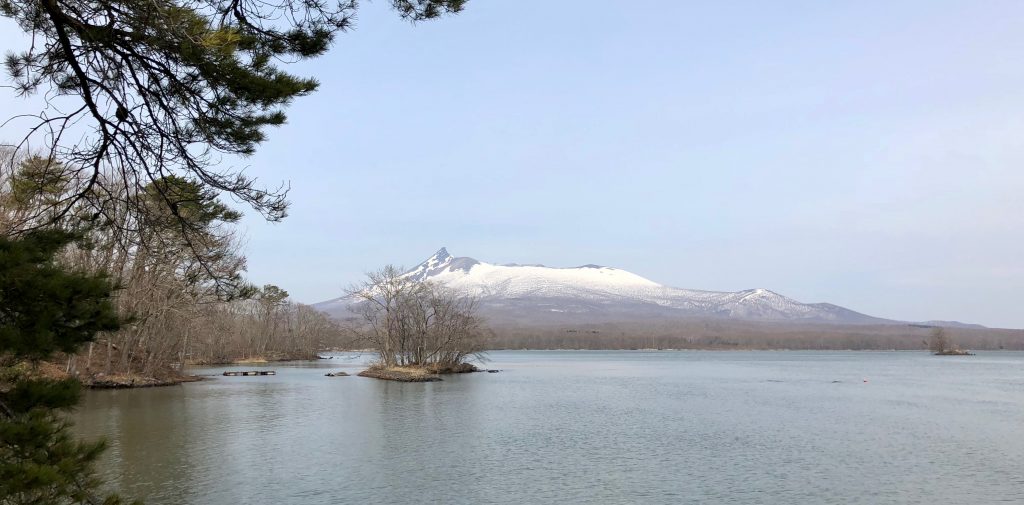
Botanical Garden and Hot-Tub Monkeys
The Botanical Gardens (homepage) house a surprise outside with monkeys bathing in hot springs to avoid the cold winter months (if you skipped Nagano this is a second chance). The gardens are a short walk from the Yunokawa Onsen tram station so it is worth riding the tram to get there. That area has a lot of good hot spring hotels so access is easy should you be staying in there anyway.
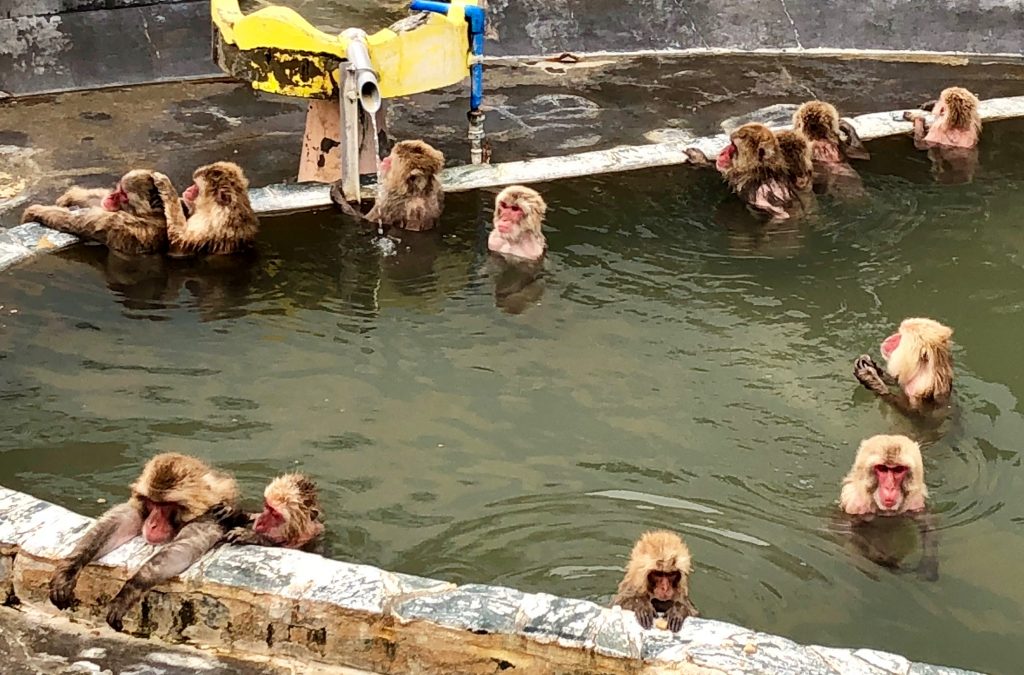
Seafood Markets (tourist and local)
The seafood market in all the guide books is famous for crabs and other live seafood, and there are plenty of restaurants in and around the market that prepare fresh dishes from the market goods. If you live in Japan you can have the market staff pack up and send your crabs back home, although if you are a tourist probably best to eat one there and then.
If you are willing to walk, there is a less busy but smaller market that only locals go to here. There is a great restaurant called Ichibatei that serves fresh seafood rice bowls. Find it in the back of the market place (the pink square with the red border).
If you have trouble ordering, cheat with the image above. There are other things you can order but pretty sure there is no English menu (there may have been but “When Japan” can’t remember). The rice bowl in the picture above was Salmon and Crab (saamon & kani). Uni (Sea Urchin) is an acquired taste; you’ll either love it or hate it. If you aren’t sure, don’t order the Sea Urchin rice bowl as that will be a lot of fishy paste you might not fancy finishing.
Food and hotels in Hakodate
Hakodate is also famous for salty Ramen so there are plenty of locations to choose from. As for hotels, the area around the Yunokawa Onsen Tram Station has a lot of hot spring hotels that are recommended. “When Japan” has stayed in the Hotel Banso (map), which was a great experience due to the recent renovation and numerous hot spring baths.
And of course, the mountain view

Hakodate has a fairly unique landscape with remnants of a volcano sticking out a couple of kilometers into the bay. The night view is famous but the daytime view isn’t bad either. Check the official homepage for when to go up the rope-way to catch the night view and expect to fight the crowds. You can get a similar view from many places in Japan so don’t ruin your schedule just to see it.
